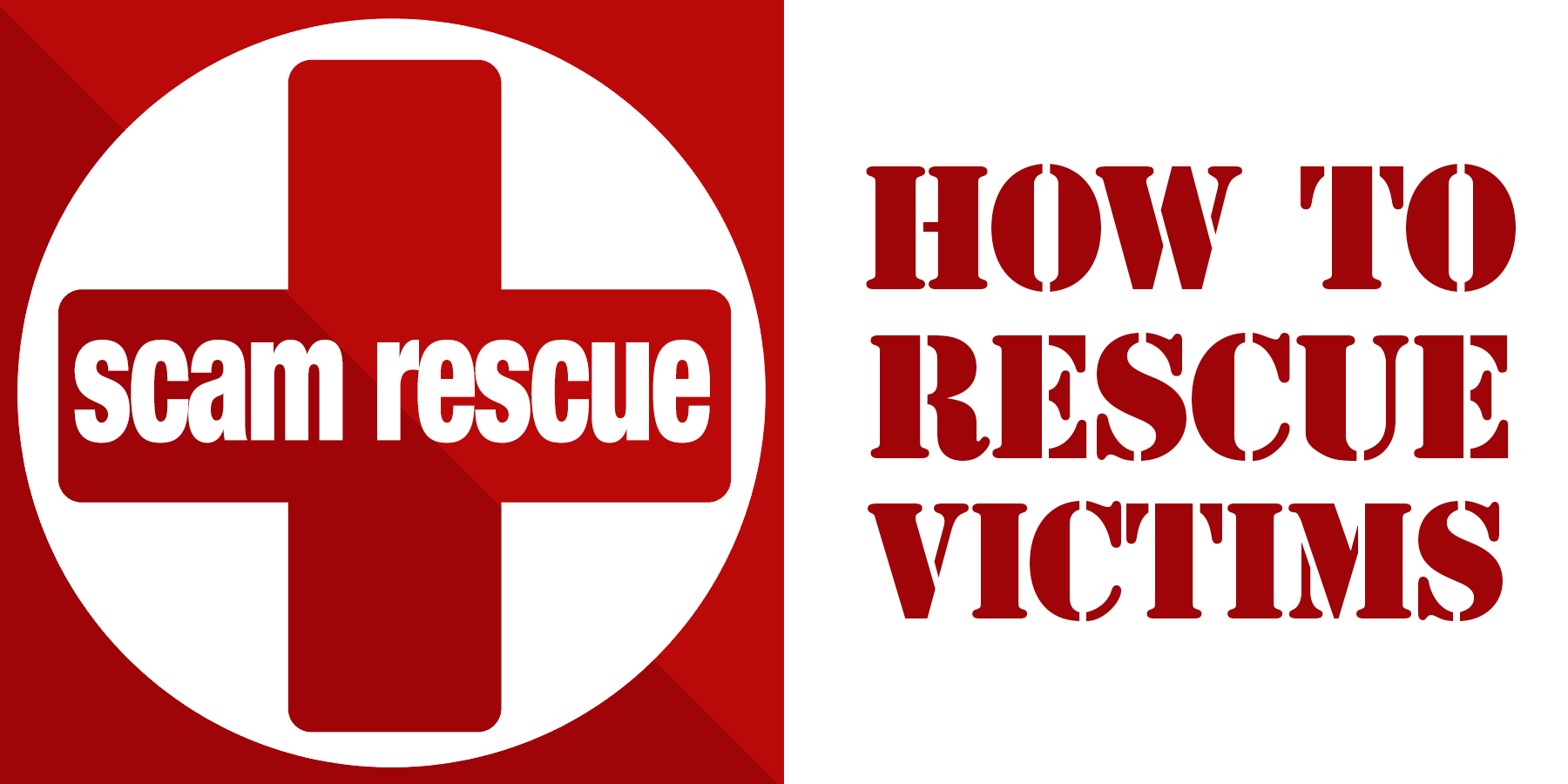Saving Scammers’ Current Victims
It Starts With You!
Victims are everywhere!
Scammers are everywhere!
When you find a scammer profile you will see people commenting or friending that profile. These are men or women who are believing that the face in the photo is real. These are either already victims (and may just not know it yet) or are just waiting to be scammed.
You can do something about this!
It is very simple! It is just about taking personal responsibility for the safety of others and rescuing them from scammers.
This procedure really applies to victims on Facebook, but can be applied to any social media, dating, or other website too!
How This Process Works?
When you see a potential victim on what you believe to be a scammers profile:
- First make sure that the profile IS A SCAMMER! Remember, you are making a criminal accusation against that person. If you do not feel you are sure, then back off – this applies to reporting scammers too. If you have questions, ask an anti-scam professional, a SCARS Member, or an RSN/SCARS Employee.
- Observe the comments and interactions of the person you believe needs help. See what they are saying or commenting. If you see they appear to be actively engaged with the profile’s identity or if you can see if they are a “Friend” of that profile – then take action. This will help you identify their risk, and also how deeply they believe.
Remember to look at the victim from the perspective of your own experience. How would YOU have reacted if some stranger came up to you and told you that your amazing online boyfriend or girlfriend was fake and a scammer? This will be a shock and they may not believe you.
You can take two basic actions:
a) Leave a comment on the profile posts that “This profile is suspected of being fake and used by an online scammer” (translate as appropriate). Be careful not to do to many of these a day, or Facebook will come after you for spamming. You may not want to identify yourself to the scammer in this way.
b) Send a message directly to the victim. Tell them the same thing: “The profile you have been commenting on (or have friended) – <NAME> – is suspected of being fake and used by an online scammer. I just wanted you to know so that you would not be harmed!”
Only explain more if they ask you to explain. Otherwise drop the bomb and leave them alone. You are planting doubt – so even if they do not believe you immediately, if they see red flags they will recognize them. In the end, they are an adult and will make their own decisions.
If the scammer is known – such as a well known stolen face – you can add a link to any anti-scam page or website that shows that face confirming scammer use. Just remember that the scammer will spin a story to explain everything, and many victims will accept that story. You only get ONE opportunity the help a victim – you drop the news and move on, otherwise your own account with Facebook can be at risk.
NOTE: This is a form of an intervention process – but not the process for family members or real friends of the prospective victim. Please refer to our Family Intervention Guide for that process.
Sometimes when you try to help a person they do not react well.
That is why we provide this procedure so that you can use the phrasing we use. The words that you say can make all the difference in the world. However, some will react with hostility because you are destroying the intricate fantasy world they are living in right now.
Do Not Argue – Do Not Try To Force The Idea On Them!
But there is another way too.
If you get a seriously negative reaction. If on their Facebook profile use the REPORT (to Facebook) option to report them to Facebook.
You are not reporting them as a scammer. You are reporting them as a person at risk.
- In their profile, you can report the profile (her/him):
- You will see an option “She may be in danger of hurting herself/himself” then you can choose to offer her your help.
This will do a few things:
- It will record your concern about her, and she will get a formal Facebook message that you are offering to help her.
- It puts FB on notice that she needs help! Meaning that they can more closely monitor that person.
When you encounter a victim that is difficult and does not want to believe you, but asks for more information, you can try the following:
- Share our main RSN Facebook page (www.facebook.com/SCARS.Victims.Support.And.Recoveryand) let them know this is what we do – we rescue victims from scammers. You can also refer them to the RSN Website at: www.RomanceScamsNow.com
- Share the SCARS website – www.AgainstScams.org – explain that this organization only wants to help people avoid scams.
- If they still refuse you can always say “If you do not want to believe me that is your choice, just please be careful” and walk away.
You can’t save people that don’t want to be saved.
So never act aggressively, just tell them and leave them alone – DO NOT ARGUE with them.
If you follow this process you can help save people from the fate you had!
We wish you the best of luck!
RSN Team
RomanceScamsNow.com – Scam Avoidance Education and Victims’ Assistance & Support Division
Society of Citizens Against Romance Scams [SCARS]
Miami Florida U.S.A.
Copyright © 2015-2018 Society of Citizens Against Romance Scams Inc.



Please Leave A Comment - Tell Us What You Think About This!